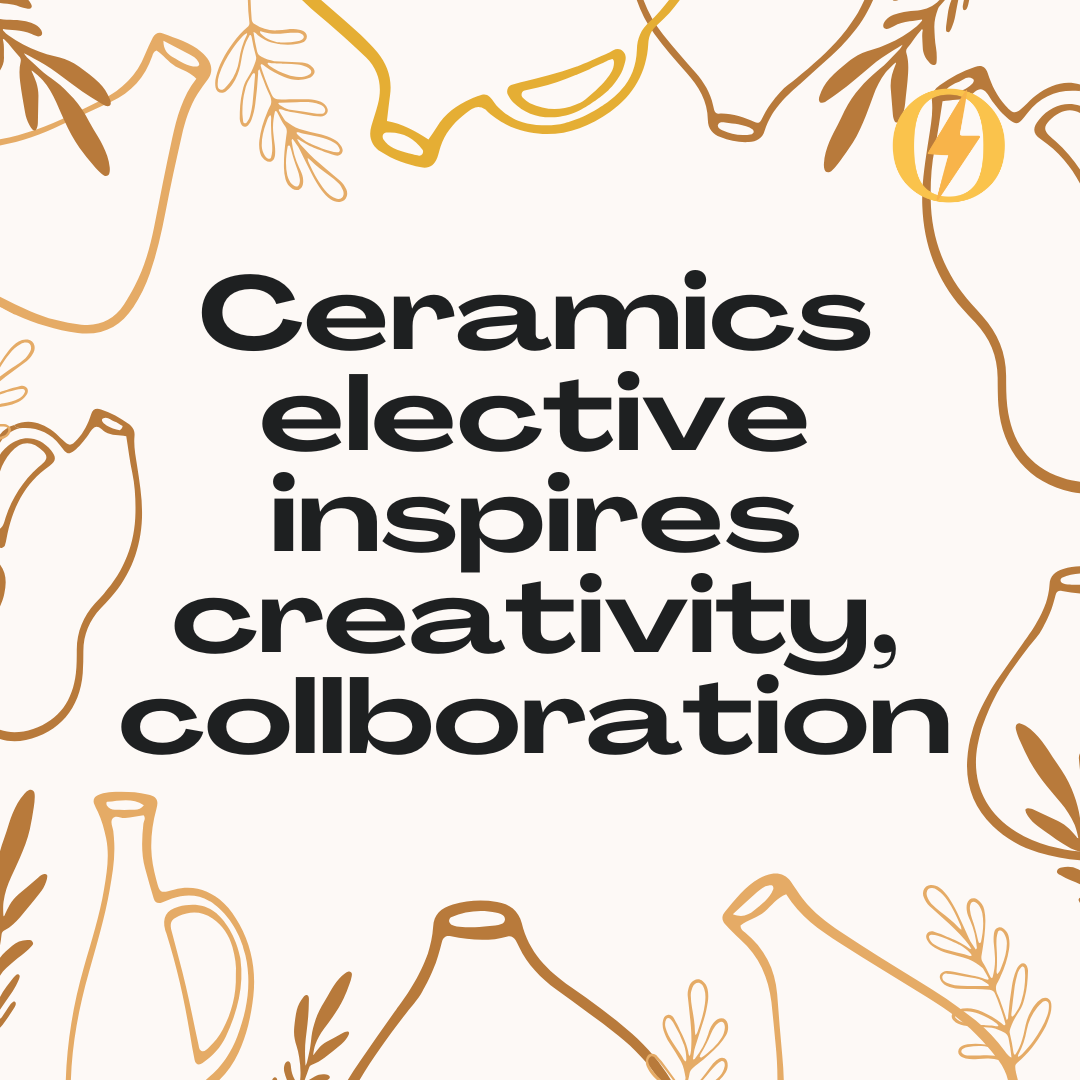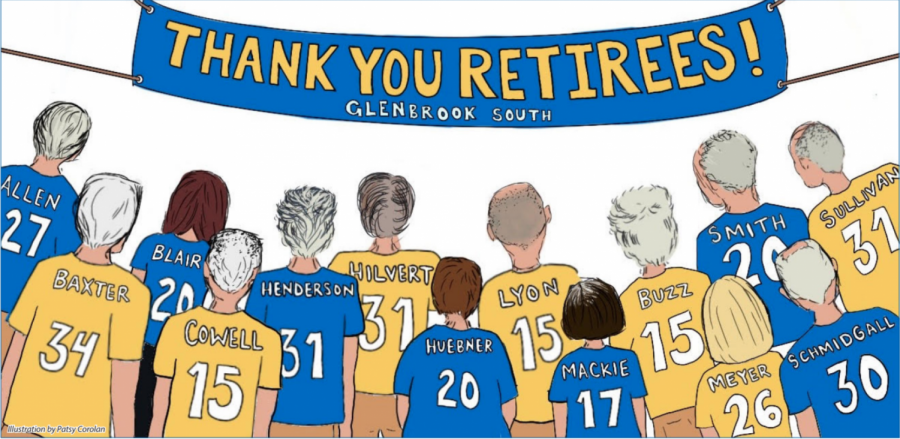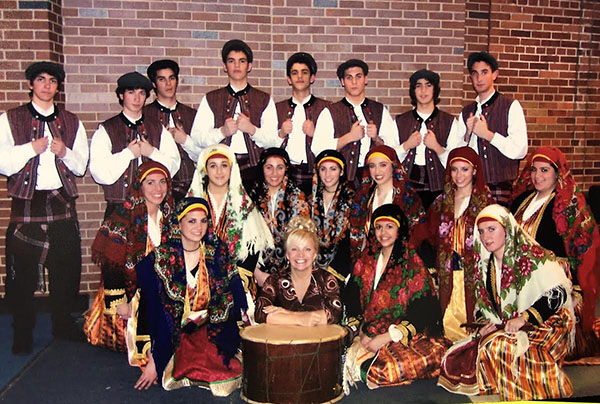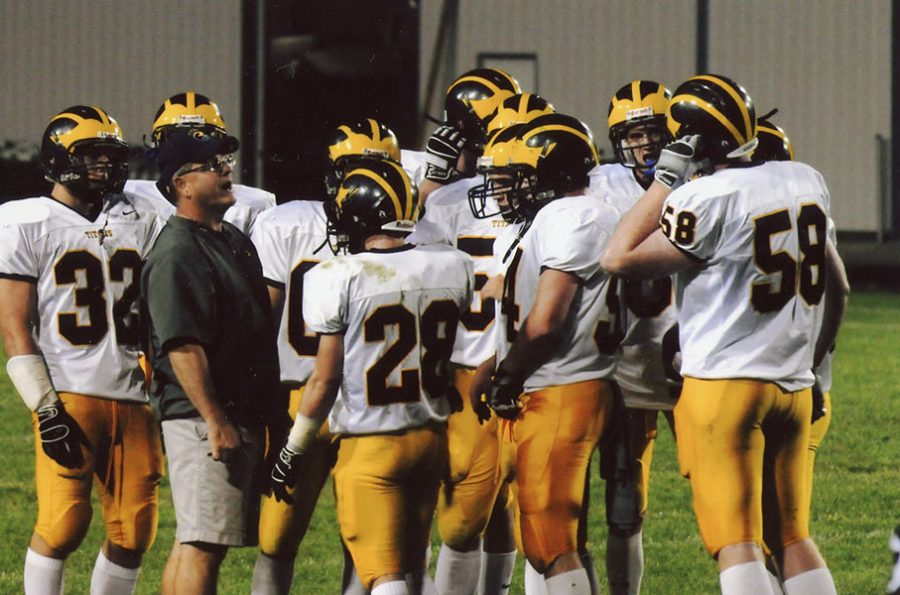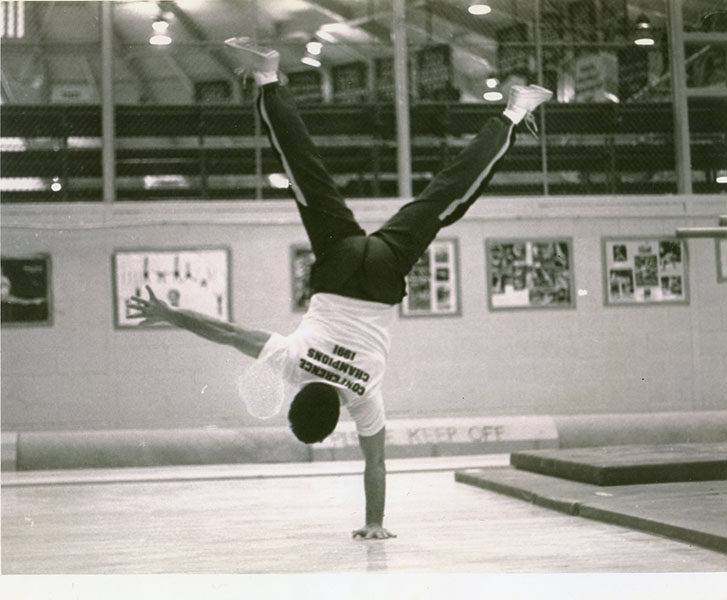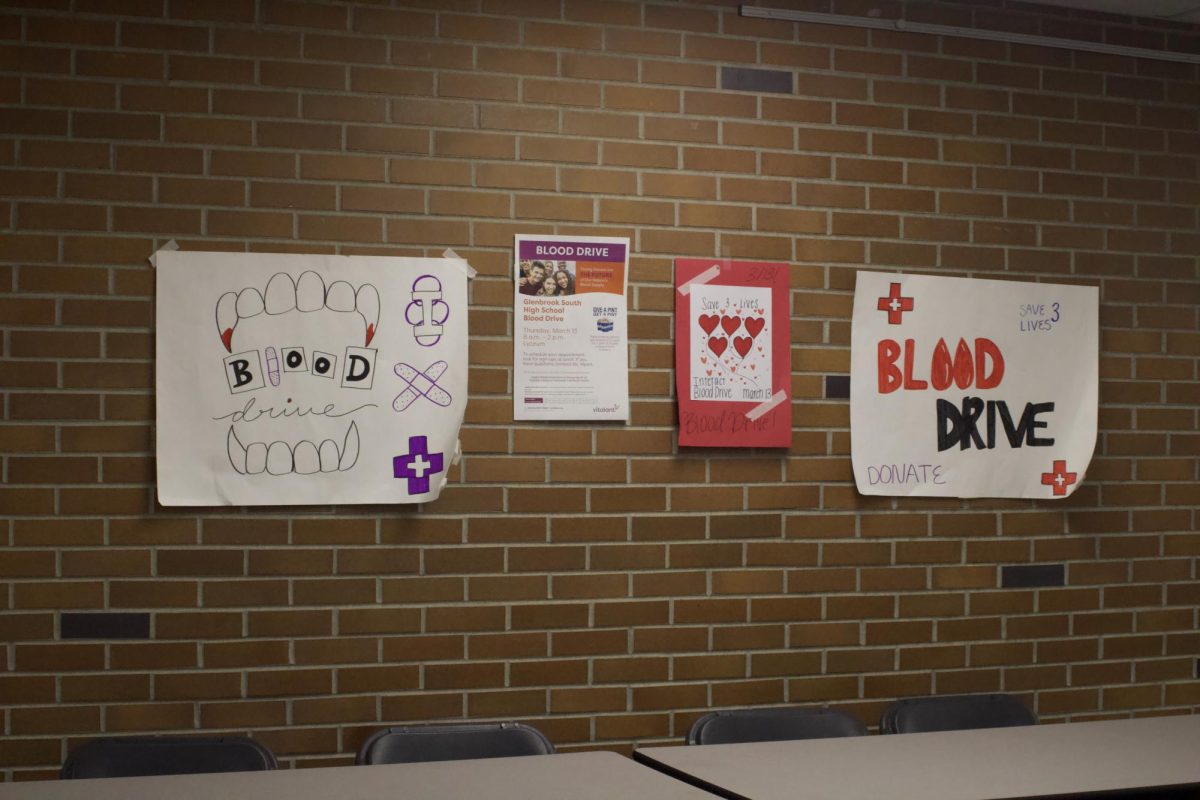Freshman Sienna Callas stepped into her Ceramics class without any prior knowledge or experience with ceramics. In the classroom she found a calm and enjoyable class, a step out of her comfort zone, and something she looks forward to every day, she said.
The Ceramics course at South allows students to explore various clay manipulation techniques. Students participate in a variety of hands-on projects and develop useful problem-solving skills throughout all the class levels, Alex Remeniuk, Ceramics Teacher, explained.
“Ceramics 1 is one of our most popular classes, where we have a bunch of different sections there,” Remeniuk said. “If students are interested in Ceramics and they want to go to the next level, we have an advanced Ceramics, Ceramics 2, Ceramics 3, and Ceramics 4.”
Students in Beginning Ceramics learn how to create many clay products over the course of the semester, Remeniuk explained.
“We do a wide variety of projects, from pinch pots, pinch vases, coil pots, and slab mugs,” Remeniuk said.
An enjoyable project was the mugs, as students were given the liberty to base their designs on something they liked, Callas explained.
“My favorite has definitely been the mug project,” Callas said. “I made mine based on my love for baking and it was overall a very fun project to work on.”
While students in Beginning Ceramics are taught the basics, those in the next levels participate in more complex and developed projects, Remeniuk explained.
“The projects are a little bit more complex [and] complicated [in higher level classes],” Remeniuk said. “We have fewer projects, but that means we have more time to develop our ideas.”
Students learn many techniques for creating ceramics in this class, like stacking coils for the shape of the pots and mugs, Callas explained.
“I have learned so many new techniques in this class,” Callas said. “The main thing I have learned so far is how to stack coils in a way to make the shape you want.”
Besides learning different techniques, students in Ceramics obtain skills such as patience and self-analysis, Justin Gerbich, Ceramics Teacher, explained.
“Ceramics is really a process class, and it teaches people how to get from [point] A to Z,” Gerbich said. “It really crosses over to other skills in life, [like] being patient or [knowing] how to reflect or look at things.”
Ceramics students also learn that failure is not only acceptable but a valuable part of the learning process, Remeniuk explained.
“The biggest thing that students learn is that it’s okay to fail in here,” Remeniuk said. “A big part of the learning process is failing, so we can learn from the process that we went through.”
The class is enjoyable and gives a challenge that allows her to step out of her comfort zone, Callas explains. She would definitely take this class again, Callas adds.
“It has been a great class so far,” Callas said. “I look forward to it every day.”



